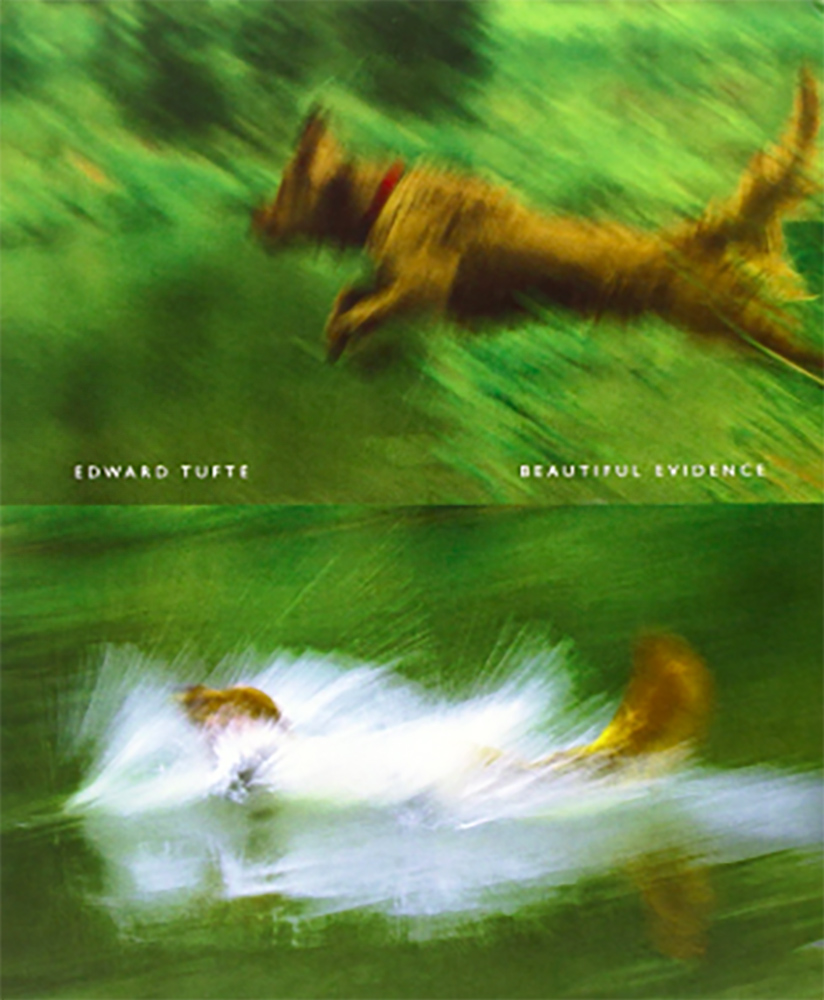Guide 4 Technologies
Resources
Additional activities, a behind-the-scenes gallery, recommended books, and more.
About this Guide
Something New
One of the great things about a career in teaching science is hearing about advances in science knowledge as they happen. I’ve had a chance to experience the start of epigenetics as a field, rising interest in the microbiome of bacteria living within humans, new drugs like antivirals, and now the creation of entirely new organisms with genetic technologies. It is sometimes alarming, but always exciting!
Lesley
More Protein Synthesis
This video is a walk through a protein synthesis puzzle that can help clarify the steps from a gene to a chain of amino acids.
Have some fun with DNA and protein synthsis modeling; it is understanding the structures and processes that counts.
Additional Activities
Feather Collection
If you run across feathers that you would like to add a collection, use gloves for handling and place them is a sealed plastic bag for a week. This will kill off parasites like lice and mites. Keep the feather out of light, not all pigments are light stable. Use online guides for identification. Be aware that not all feathers can be collected or traded: body parts of endangered species, including feathers, are typically off limits for collectors.
Faux vs. Real
If you are building a study collection, you may be able to get real specimens from resale shops. We have used old mink stoles, raccoon hats, and mounted game birds in our classes over the years. Another option is using replicas, which in some cases less expensive and may come from a more sustainable source. Either way, these can be powerful educational materials that engage multiple senses.
They are called “junk journals” because they are often constructed from old book covers and scrap papers, but they can be quite intricate. An interesting journal may motivate data collection and production of more elaborate data visualizations.
Behind-the-Scenes
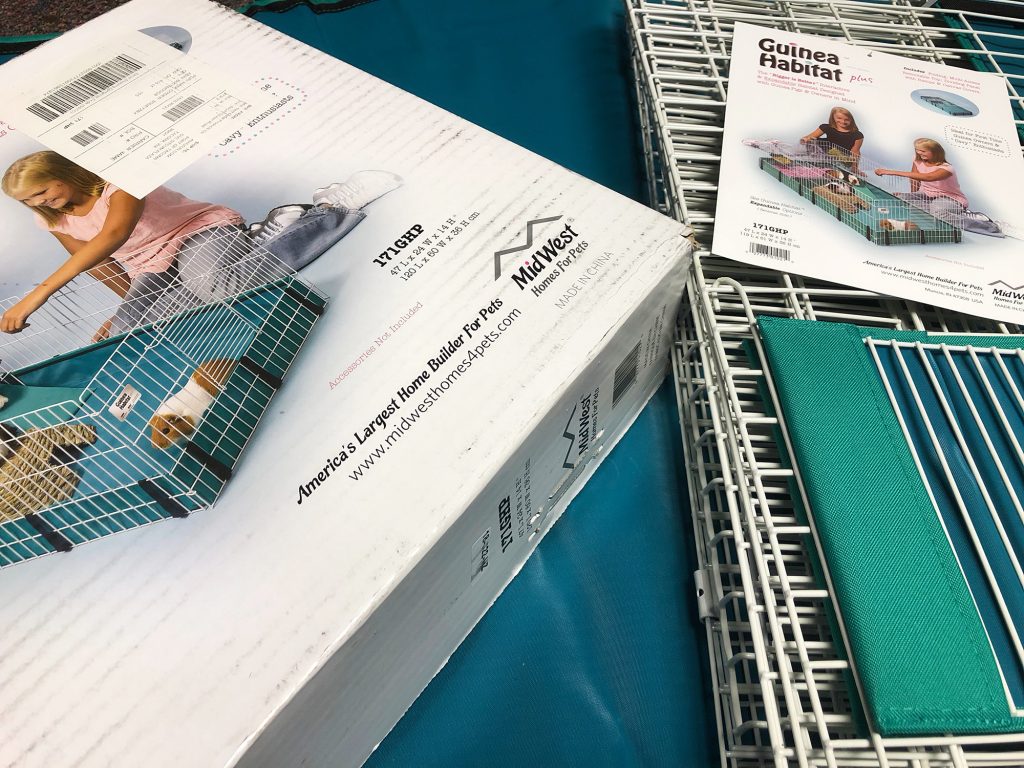
Favorite Cage
Guinea pigs thrive in space, and the larger canvas-bottomed cages can be linked together to form 4-foot to 12-foot long sections. Nothing is better than watching guinea pigs running, whistling, and “bronco-ing” in a grass-filled cage.
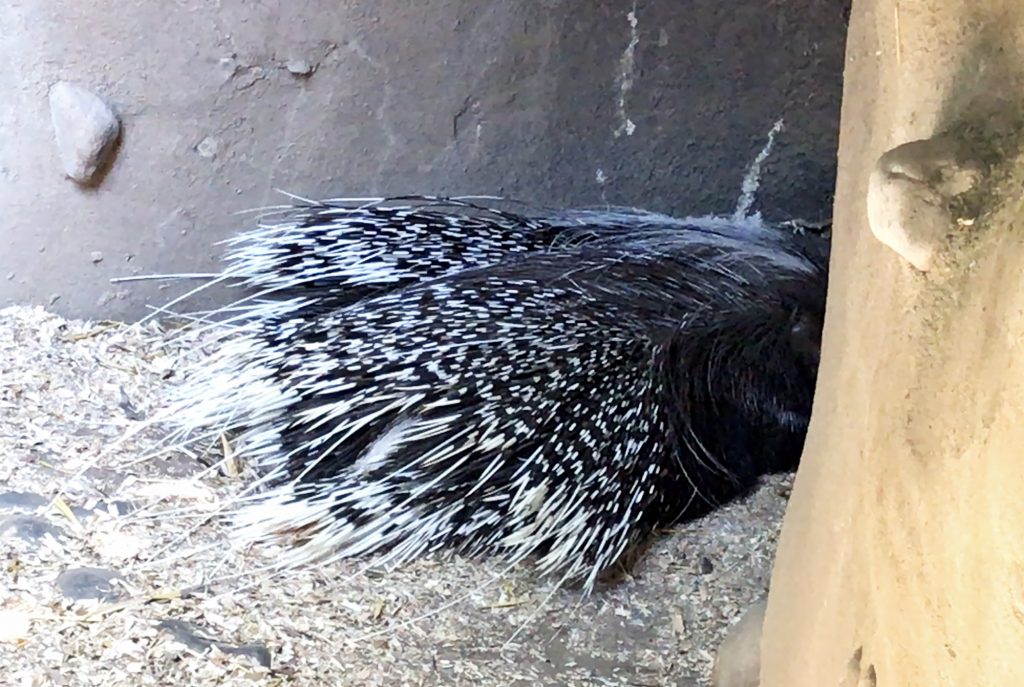
Porcupines
Most of the porcupines in our state are in the High Desert of Eastern Oregon. You can find quill evidence, but these reclusive animals rarely seek out human interactions.
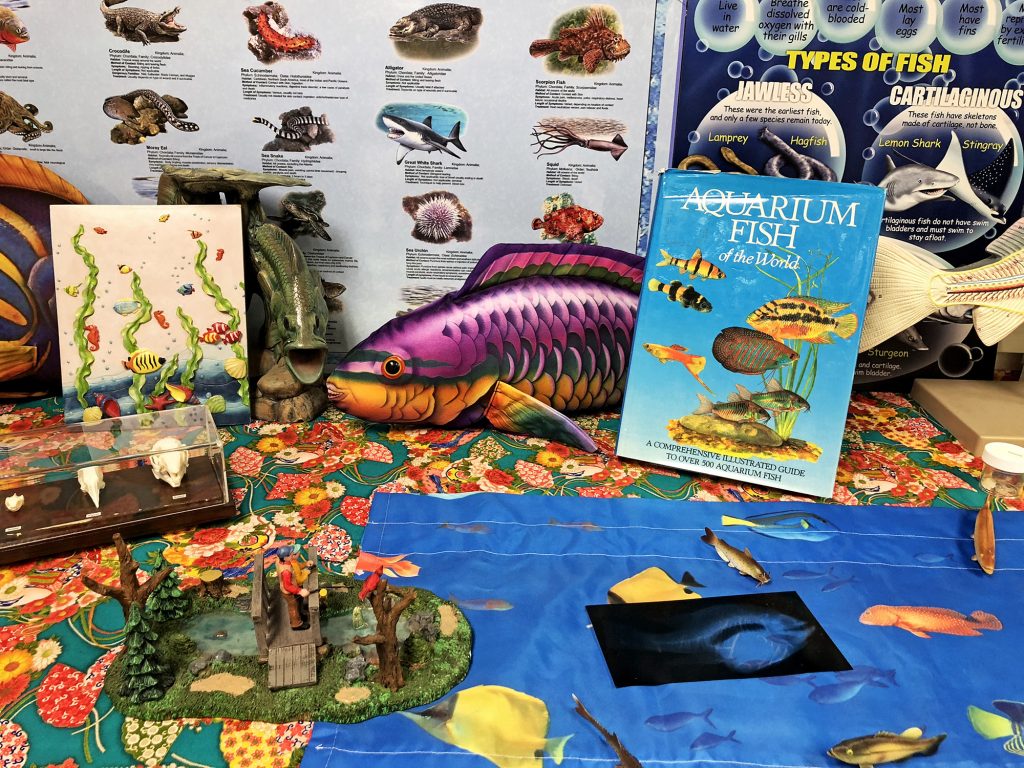
Fish Display
If you live by water, and so many humans do, the cultural impact of fish is probably something reflected in a wide range of art and collectibles.
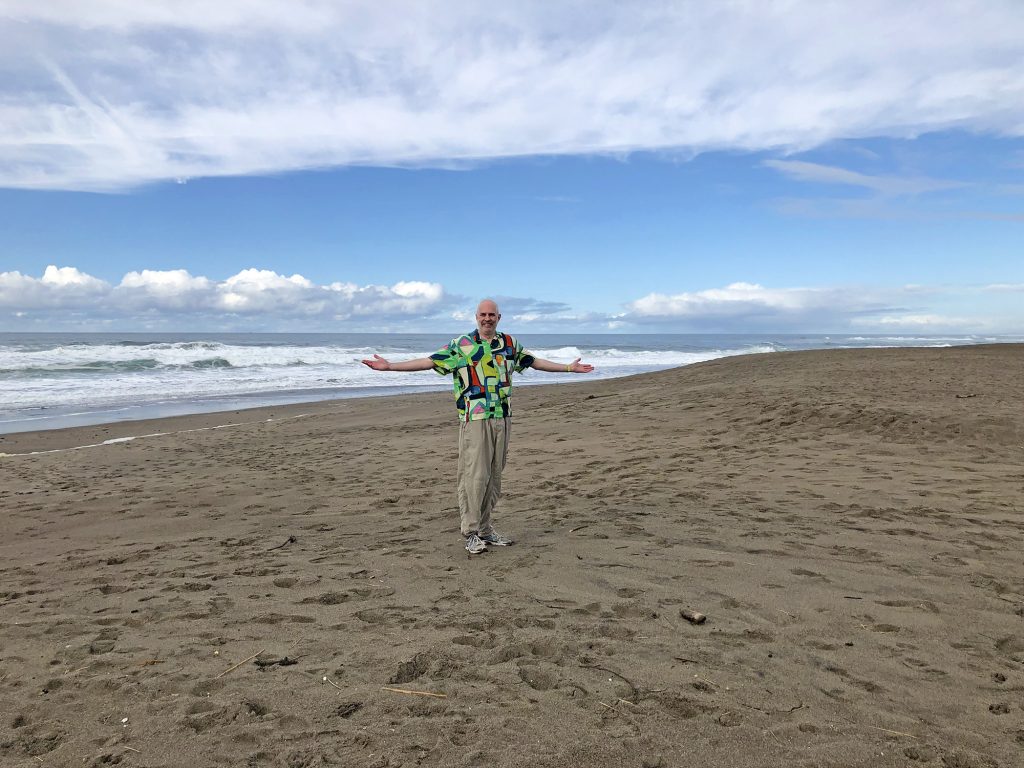
Best Classroom
We spend most of our time learning outside of the conventional classroom walls and hope you do too!
Recommended Books
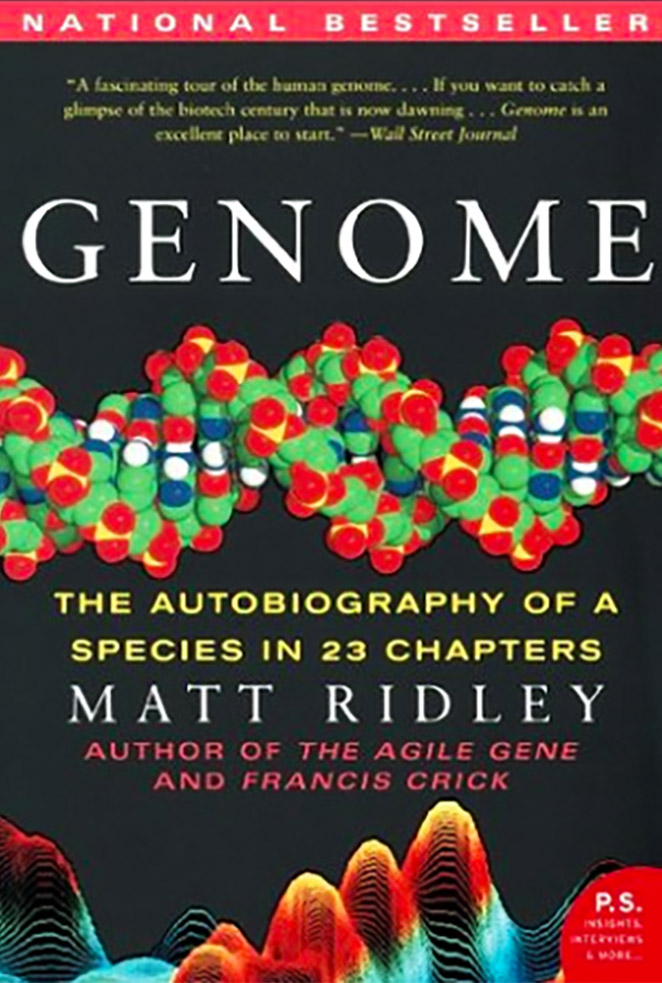
An intriguing look at the complexity of the human genome.
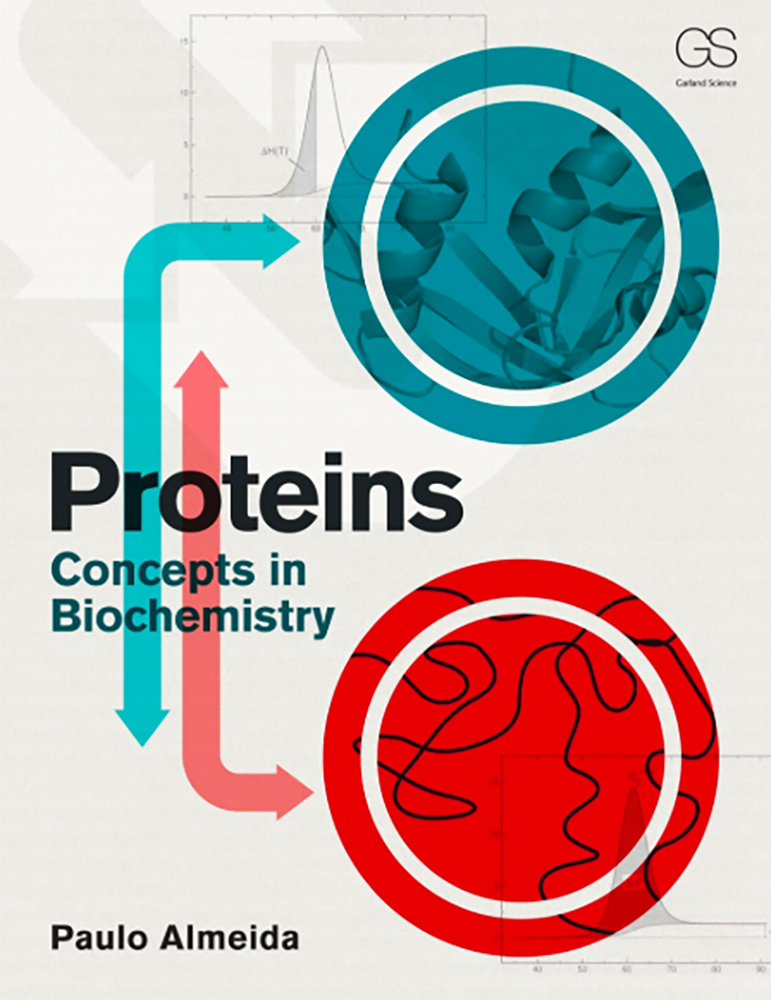
Don't let the title fool you, there are a lot of interesting concepts in here!
